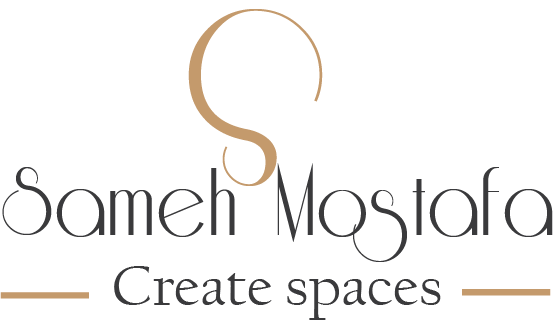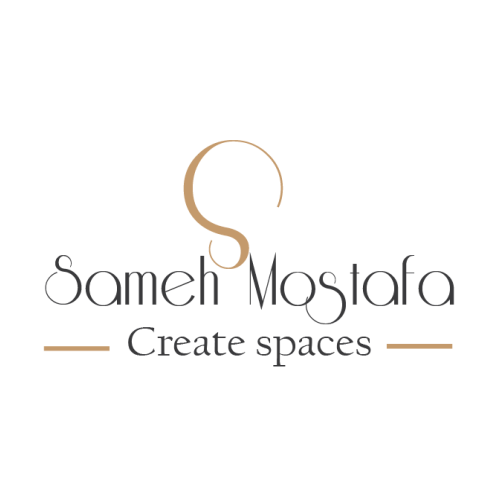All types of finishing
Finishing an interior model is essential for showcasing design ideas and helping clients visualize the final result. Here are some effective methods for finishing an interior model:
### 1. **Painting and Texturing**
– **Primer and Base Coat:** Start by applying a primer and base coat to achieve an even surface, especially for walls and floors.
– **Texture Application:** Use sponging, stippling, or airbrushing techniques to create realistic textures for materials like brick, concrete, wood, or stone.
– **Color Detailing:** Add detailed paintwork for elements like moldings, trims, and furniture to bring depth and authenticity to the model.
### 2. **Material Simulation**
– **Paper or Fabric Overlays:** Use textured paper, fabric swatches, or vinyl sheets to mimic surfaces like wallpaper, upholstery, curtains, and flooring.
– **Foam and Plastic Sheets:** For solid surfaces like countertops and cabinetry, foam or plastic sheets can be cut and painted to resemble stone, wood, or metal.
– **Laser Cut Materials:** Create precise patterns and intricate details with laser-cut materials, ideal for intricate designs like latticework, cabinetry doors, or backsplashes.
### 3. **3D Printing Small Details**
– **Accessories and Appliances:** Use 3D printing for fine details, such as small kitchen appliances, knobs, and other custom design elements. This adds depth and realism.
– **Lighting Fixtures:** 3D printing can also be used for unique lighting fixtures or decor items, helping bring the model closer to the real-life design concept.
### 4. **Lighting**
– **Miniature LED Lights:** Add LED lighting to represent ambient, task, and accent lighting. Use battery-powered LED lights for easy installation and realistic effects.
– **Translucent Paper:** Simulate light diffusion through materials like frosted glass or fabric by placing translucent paper over LEDs for soft lighting effects.
– **Adjustable Brightness:** For a more dynamic model, consider using adjustable lights that mimic the room’s lighting in different scenarios (e.g., day and night).
### 5. **Furniture and Decor Detailing**
– **Scale Miniatures:** Include scaled-down models of furniture and decor items to represent the interior setup accurately. Use pre-made miniatures or create custom pieces from materials like clay, wood, or plastic.
– **Upholstery Fabric Swatches:** Use small fabric swatches to cover miniature furniture, giving it a realistic upholstered appearance and enhancing texture.
– **Accessorizing:** Add small items like books, vases, and plants for an authentic lived-in look.
### 6. **Surface Finishing Techniques**
– **Gloss and Matte Finishes:** Use varnishes or matte sprays to create the desired sheen on surfaces, such as glossy finishes for tiles or matte finishes for walls.
– **Sandpaper Smoothing:** Sand surfaces to create smooth finishes, especially for walls and furniture, and make them look more polished and realistic.
– **Metallic Paint and Foils:** For metallic elements like faucets or knobs, use metallic paint or foil to achieve a realistic finish.
### 7. **Model Landscaping for Kitchen Views**
– **Outdoor Views (if relevant):** If the kitchen model includes windows, add miniature trees, gardens, or even a scenic backdrop to show how natural elements are integrated into the view.
– **Small-Scale Greenery:** Use miniature plants or foliage to enhance any indoor or outdoor green elements in the design.
### 8. **Realistic Flooring**
– **Printed Patterns:** Use printed textures or patterns on paper or vinyl for flooring, like tiles, wood planks, or stone.
– **Resin Coating:** Apply a thin resin coat to simulate the sheen of polished wood or tile, adding a lifelike depth to the floor.
### 9. **Digital Augmentation (Optional)**
– **Augmented Reality (AR):** Add an AR overlay to highlight specific model features digitally, especially if presenting the model on a digital platform.
– **3D Renders for Realism:** Create photorealistic renders or add digital lighting and shadows to highlight the model’s details effectively.
Combining these finishing methods will create a professional-looking interior model, making it highly realistic and visually engaging.



